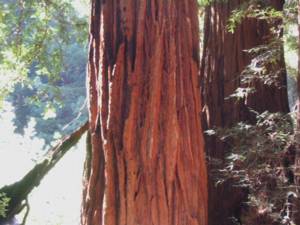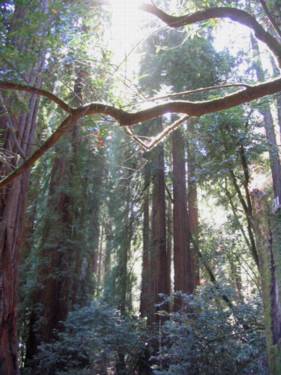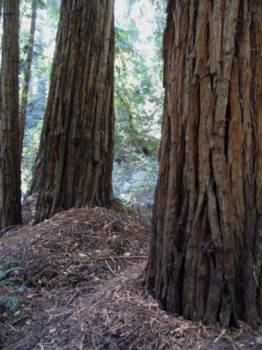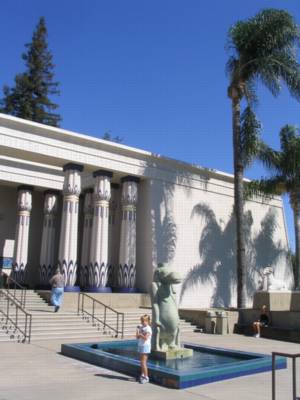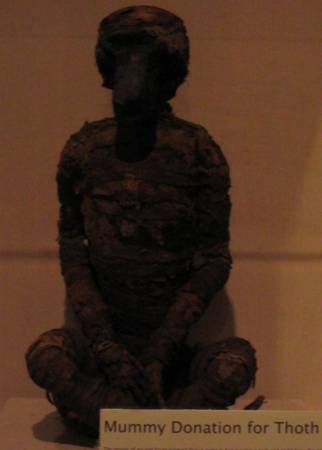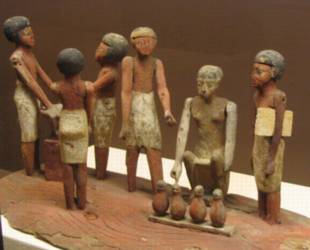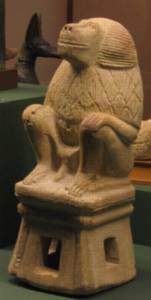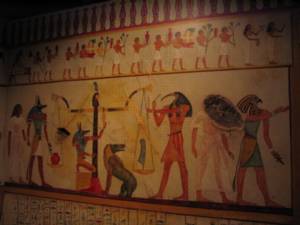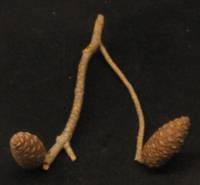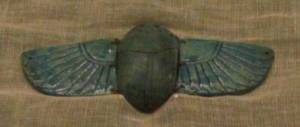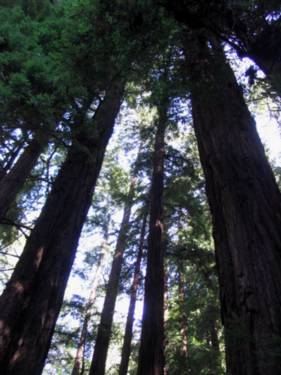
Muir Woods National Monument
Named after conservationist John Muir, this is a lovely park slightly north of the city along Rt 1 which contains one of the last old-growth stands of costal redwoods. These are the tallest trees in the world (Sequoia sempervirens) which grow only in the coastal fog belt from mid-California up to southern Oregon.
I drifted through the edge of a very... stereotypically californian... park ranger's kid-friendly talk about redwoods. (I wandered off when she started elegizing some woman she had "had the great privilege to meet" who had spent several years camped out in the top of a redwood to deter loggers. And I'm all about not cutting down huge thousand-year-old trees, but I don't think camping out in somebody else's tree for two years makes you a valliant culture hero, either.) Aparently there are four ways in which redwoods are "magic."

